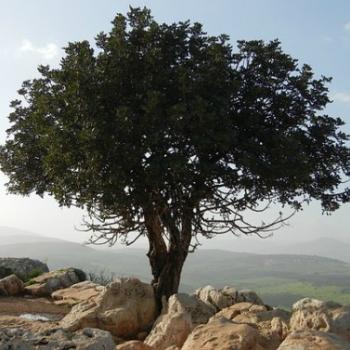The hype of the Iraqi dinar has been increasing over the last few years. With just a small investment in the Iraqi dinar, people are speculating that a great return will come as Iraq stabilizes. One of the most common arguments supporting the Iraqi dinar compares Iraq with the country of Kuwait in the early 1990’s during the Gulf War. The thought is that the Iraqi currency will spike in value just as Kuwait’s currency did in 1991 after it started to recover from Iraq’s invasion. The comparison, however, is unfortunately flawed and lacks the common threads that so many are quick to assume.
Kuwaiti Dinar and the Gulf War
Kuwait was invaded by Saddam Hussein in 1990 and suffered massive financial turmoil as the Iraqi army set fire to over 80% of its oil wells. After assistance from the US and other allied forces, the conflict in Kuwait ended and the country was able to restore its oil production in just 10 months.
During the invasion, the Iraqi dinar replaced the Kuwaiti dinar and a large number of banknotes were stolen by Iraq. After Kuwait was liberated, a new series of the Kuwaiti dinar was restored and the previously stolen notes were demonetized. The drop in perceived value of the Kuwaiti dinar during the invasion stemmed from the people of Kuwait fearing that their currency would be worthless, so it traded for as little as one KWD for $0.10 USD for a very short amount of time. The value quickly returned to its previous price and has held strong as one of the world’s most valuable currencies. For the last two decades, the Kuwaiti dinar has had an exchange rate of one KWD to about $3 USD.
Iraqi Dinar Compared To Kuwaiti Dinar
Iraq, however, is different, as its currency isn’t devalued 
because of a quick invasion that allowed fear to drop its value. Its currency has been low relative to the USD for the last two decades. This is primarily because after the Gulf War, the Iraqi government printed new Iraqi dinar that were of less quality than the pre-1991 Iraqi dinar, making them easy to counterfeit. The rapid printing of these ‘old’ Iraqi dinars caused high inflation and has made the dinar worth pennies on the dollar since the 1990’s. As a measure to prevent counterfeiting, a new dinar of higher quality was created in 2003 and has been used ever since Saddam Hussein was removed from Iraq. The new dinars printed in 2003 were set to be equivalent in value to the old dinars printed in the 1990’s. The thought that the Iraqi dinar will increase just as the Kuwaiti dinar did is speculative and won’t happen because of the same circumstances that we saw in Kuwait. It has taken years of recovery for Iraq’s currency to improve slightly, while Kuwait’s dinar faced a short term crisis that was quickly controlled. Furthermore, since the adoption of the new Iraqi dinar, the International Monetary Fund has not set an exchange rate on the dinar, making it unavailable for exchange at banks.
The situation in Iraq is clearly different from that of Kuwait and should not be used to justify the high risk associated with buying Iraqi dinar as an investment. The newness of the Iraqi dinar coupled with the potential for inflation and the fact that no exchange rates have been declared on the dinar, make it an investment that isn’t measurable in terms of risk. This purely speculative ‘investment’ preys on the fear of ‘missing out’ on a potentially massive return and for that reason should be viewed as a gamble more than a sound investment.
What’s you opinion on this speculative investment?
Did this answer your question about the Iraqi dinar? If so, hit the +1. :)











